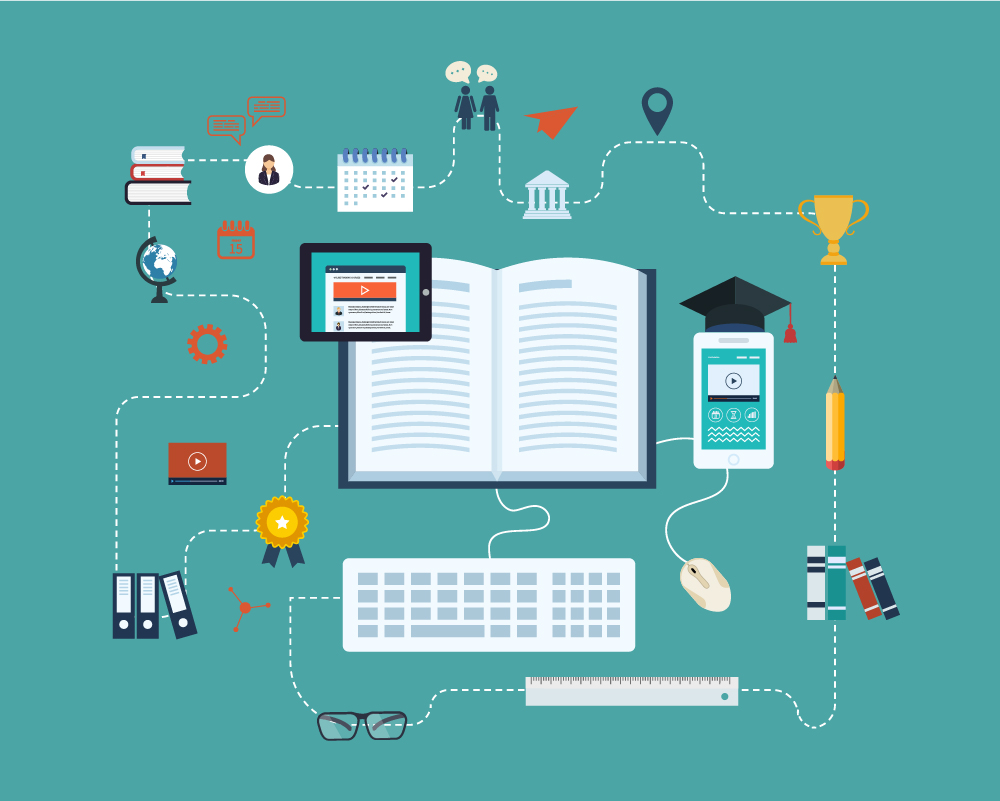How we Achieve E-Learning Translation Turn-Key Solutions
|
Font size:
E-Learning materials are one of the most popular translation content requests we receive on a regular basis. Adapting your educational content in another target language to meet new audiences is at the core of what we do.
Wondering how a professional translation company like Pangea goes about translating your e-Learning projects? Read on to find out…
Make Sure your Content is Prepared
Our translators like to receive consistent and complete content. Make sure your e-learning materials are absolutely ready for translation, meaning, your target audience, messaging, and branding are all on point. Avoid too many idioms, metaphors and cultural references that might not translate well to your foreign market. Keep the content clear, simple and concise, so our linguists can easily adapt the wording, even in the most complicated languages. Visual components are also important for our localizers, so be sure to choose an appropriate colour scheme that adheres to all audiences and leave extra white space for language expansion.
Get all Files Ready
Prepare your Resources
We Review the Project
We Process all e-Learning Translation Elements
We Allocate the Translator
We Give them What’s Needed
Our Translators Get to Work
The Proofreader Checks it
Our DTP and QA Team Get to Work
There’s also the option to have the project QA’d- quality assurance ensures the translation and localization was completely and accurately incorporated into the design by the DTP team.
Our Project Managers Make Sure Everything’s Intact
You Receive your Delivery!













